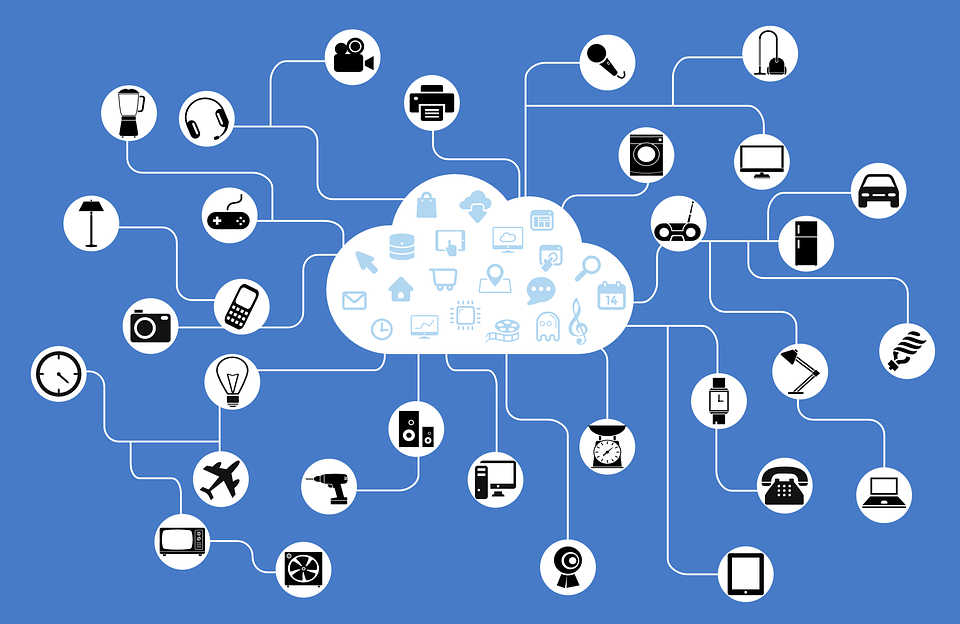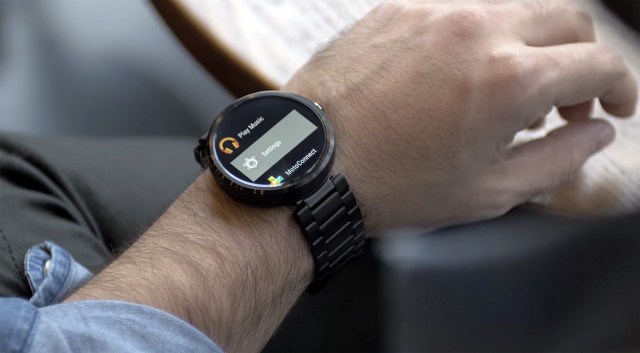If recent forecasts are any indication, the Internet of Things is poised to become just what the doctor ordered over the next few years. Doctors and nurses, hospital administrators and medical researchers will be increasingly relying on connected smart devices. According to a 2016 Allied Market Research report, the global IoT healthcare market is expected to grow by nearly $80 billion over the next five years, representing a CAGR of 12.5 percent from 2014 through 2021. With revenue generation estimated to reach $136.8 billion by 2021, there remains little doubt that the IoT will revolutionize medical care.

So, what are the benefits that IoT brings to the table to warrant such a large investment?
Increasing 4G LTE infrastructure: According to the 2015 Ericsson Mobility Report, 4G LTE itself is anticipated to grow at a CAGR of 25 percent through 2021. This signifies a correlation between the growth of 4G LTE infrastructure and the utilization of IoT-enabled devices. In addition to reduced power consumption, extended battery life, and lower costs, LTE provides optimal connectivity, without the need for 3G fallbacks. And with the rollout of the new CAT-M networks, cellular coverage will span an even larger radius and provide a more secure connection — essential to the success of healthcare applications.
Development of wearable medical devices: The rise of wearable medical devices will not only enable patients to better monitor their own health issues, it will also provide real-time data to the doctors and hospitals responsible for determining treatment courses. As increasingly more devices are developed to address a broader range of medical conditions, the use of wearables will help patients to continue living their lives while freeing up doctors’ offices, clinics and hospitals for emergency treatments. With LTE connectivity, patients will be able aggregate and transmit data seamlessly, even when on-the-go.

Analytics-driven research: One component of a world-class healthcare system is the need to continually push research forward. As the network of connected health-focused devices grows, researchers will gain access to increasingly larger pools of data, helping them understand more about patients’ symptoms and the varying effects of treatments.
Workforce optimization: Another critical component driving the push for IoT healthcare development is the desire to optimize the efficiency of healthcare workers. Broadening the network of connected devices available to these workers will create a more unified system of operations, ultimately improving communication between departments, bringing order to chaotic hospitals and streamlining interactions between medical professionals and patients. Vital resources can be better utilized and patient care improved. Experts anticipate a corollary decrease in medical errors and their associated injuries and malpractice claims.
While Healthcare IoT investment running into the billions of dollars may seem like an incredible amount, industry professionals believe that it will more than pay for itself. The IoT has the potential to revolutionize how patient care is provided and how healthcare organizations function, improving the quality of the current system and optimizing operations. Both outcomes put the end goal of all healthcare workers — to provide the best treatment possible — well within reach.
- Eran Eshed -

